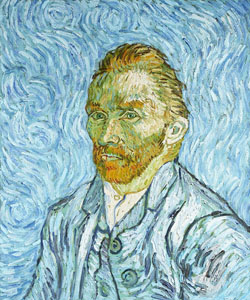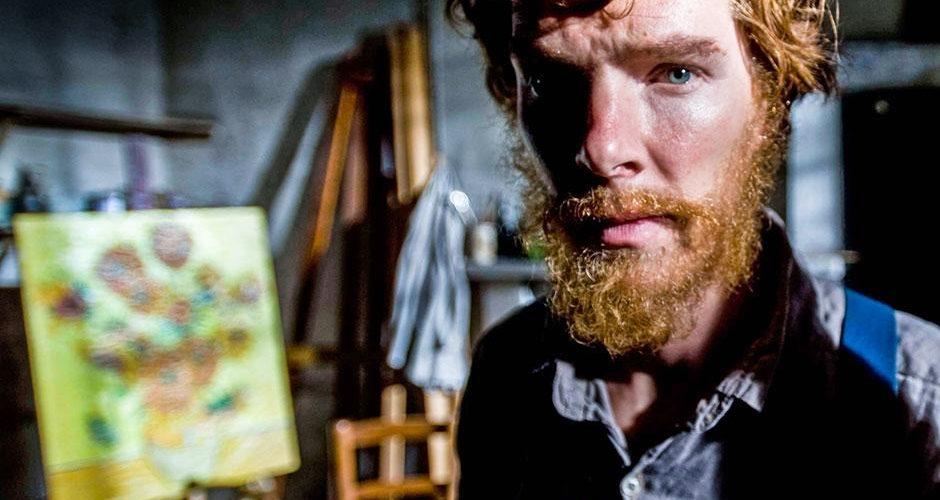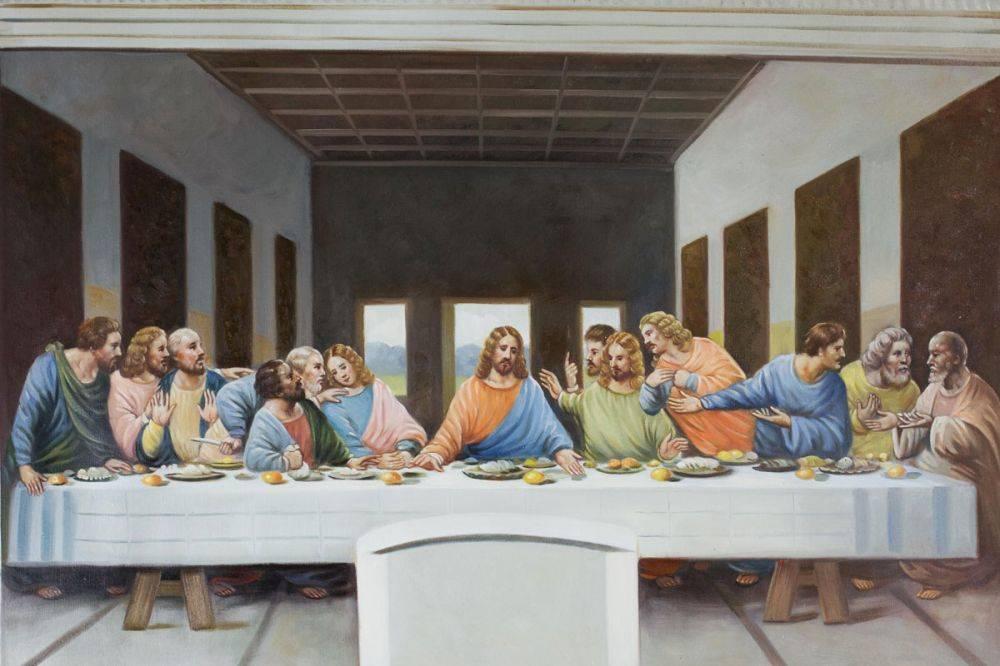Art History
Explaining Van Gogh’s Mood and Behavior
 One of the most prolific artists of the modern era, Vincent van Gogh (1853-1890), was tormented in his life time by some sort of condition. Scientists have tried to determine what van Gogh was suffering from, but this complicated case still baffles many.
One of the most prolific artists of the modern era, Vincent van Gogh (1853-1890), was tormented in his life time by some sort of condition. Scientists have tried to determine what van Gogh was suffering from, but this complicated case still baffles many.
During the last two years of his life, Van Gogh displayed an eccentric personality and unstable moods, along with recurrent psychotic episodes. Over 150 physicians have ventured a variety of diagnoses for van Gogh’s condition, many identified van Gogh’s illness as temporal lobe epilepsy. In essence, that was the original diagnosis made by the French physicians who had treated van Gogh.
Van Gogh had earlier suffered two distinct episodes of reactive depression, and there are clearly bipolar aspects to his history.
The whole Van Gogh family was tormented with mental illness and some might consider his condition a genetic one: his brother Theo suffered from manic depression and his sister as well.
Vincent had a bother that carried his name, Vincent, who passed away a year before Vincent the artist was born in 1852. Many think that him being brought to this world as a replacement to his dead brother was the beginning of a slippery-slope that brought upon Van Gogh’s desperate mental state.
Vincent Van Gogh committed suicide at the age of 37, the highlights of van Gogh’s life and letters are reviewed and discussed in an effort toward better understanding his suffering.




